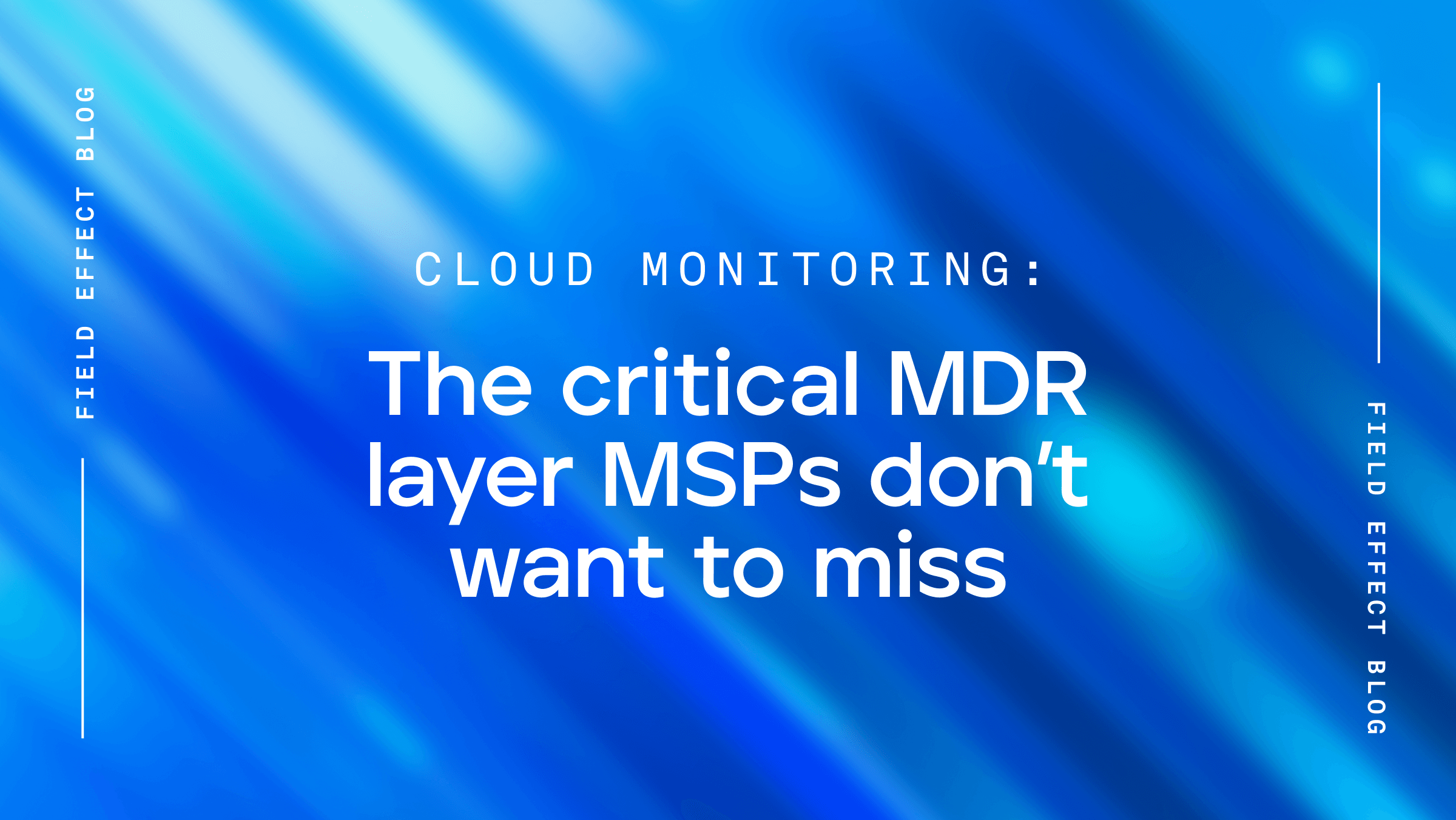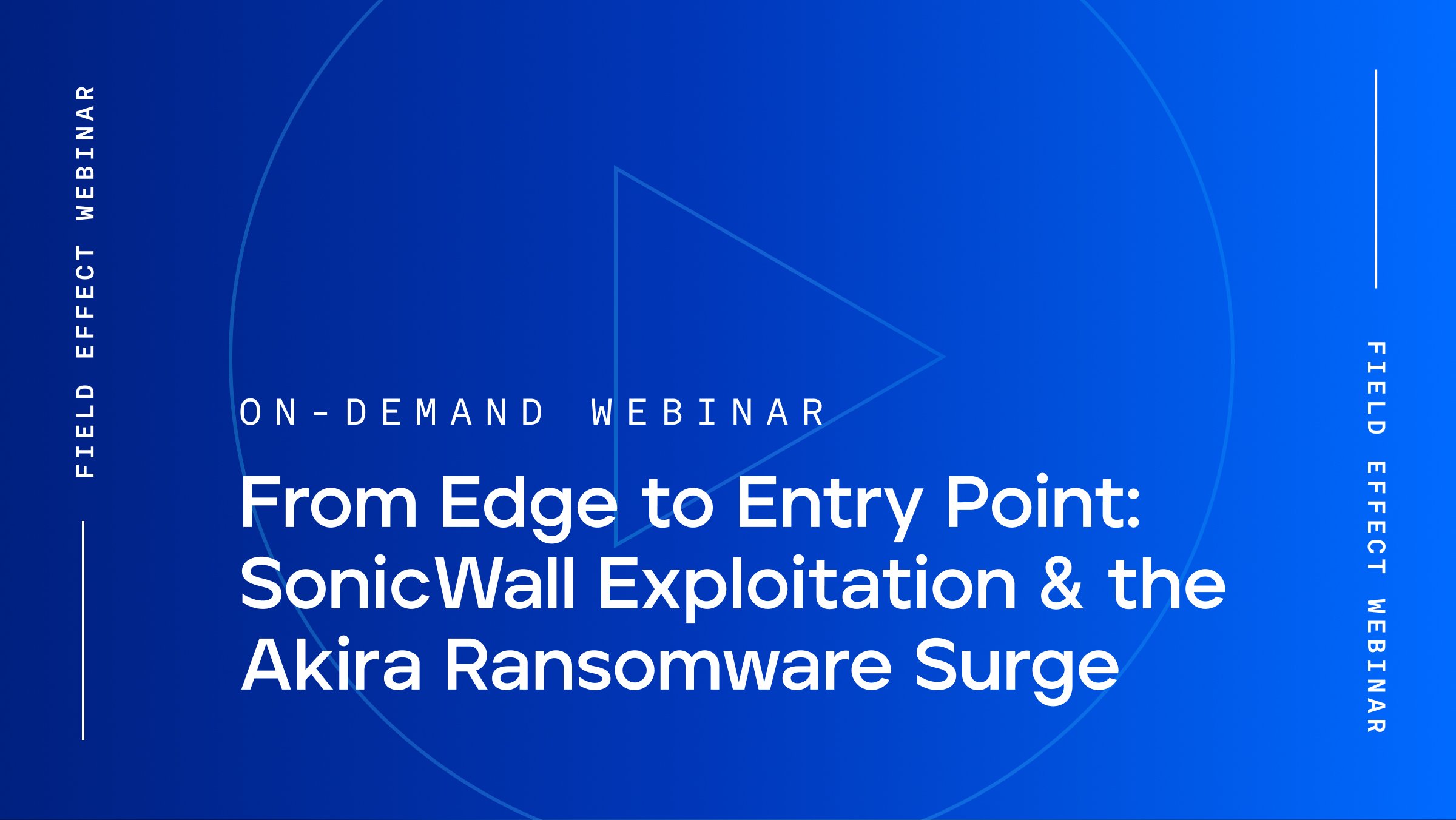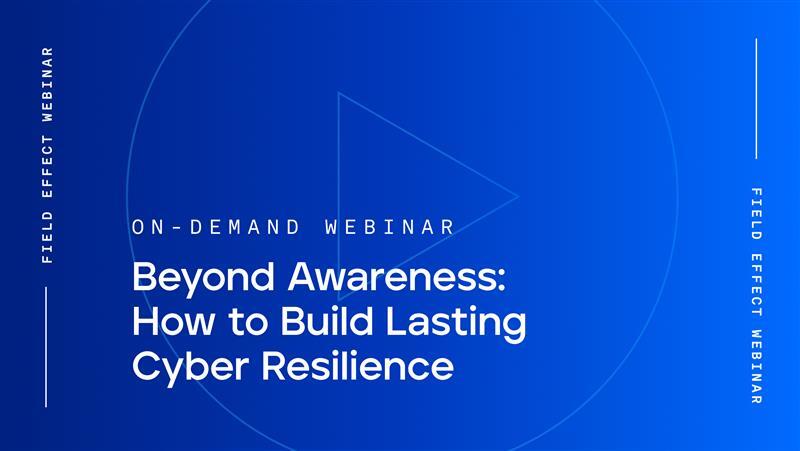
Blog Post
From NIST to ISO, several organizations and experts across both public and private sectors collaborate on and publish cybersecurity frameworks. To better defend against ever-evolving threats, reduce cyber risk, and effectively protect their digital assets, many businesses are turning to these recognized frameworks for cybersecurity guidance.
This blog will explain cybersecurity frameworks, three key reasons why complying with frameworks is important, and some common cybersecurity frameworks worth reading up on.
Cybersecurity frameworks act as systematic guides for businesses to manage and mitigate their cyber risks. These frameworks consist of a set of principles and repeatable practices designed to provide you with a foundational structure on which you can base your defense.
Good frameworks are useful because they simplify complexity—and not just in cybersecurity either. Those working in areas like software development, data science, and general IT also turn to frameworks.
The guidelines, controls, and best practices outlined in cybersecurity frameworks help you better organize your approach to cyber risk management. While frameworks aren’t the be-all-end-all of a robust security program, they’re a great, reliable tool to shape your own processes, tools, and strategies.
Aligning with a cybersecurity framework offers business benefits. Some companies will require that potential suppliers or contractors comply with specific frameworks before doing business with them. This approach makes sense when you consider how widespread supply chain attacks have become.
Companies simply can’t afford to risk entering contracts with companies that don’t appear to prioritize cybersecurity. Software-as-a-service (SaaS) vendors, for example, might find it challenging to land contracts if they don’t comply with a framework focused on data security.
Complying with a framework could be what sets you apart from the competition and may even attract new partnerships or business opportunities.
Consumers too are increasingly paying attention to a company's cybersecurity, especially if they plan to share private personal or financial data with that business. Companies that align with recognized cybersecurity frameworks generate greater trust among their customers.
A key part of many frameworks is risk identification. Understanding how to identify risks helps you navigate the threat landscape and tailor your cybersecurity measures effectively. Understanding and prioritizing your unique risks ensures you avoid "shiny object syndrome"—where you buy the latest tools or subscriptions that appear innovative or unique but don’t actually address the threats you face.
What’s more, cybersecurity frameworks also outline practical tips and suggestions on the appropriate controls (technology, processes, or otherwise) to mitigate specific risks. This guidance extends to strategies that help you swiftly detect and respond to cyber threats to limit potential damage.
Lastly, frameworks also reduce cyber risks by influencing company culture. Organizations may find that implementing a cybersecurity framework can foster a culture of security among all employees—not just executives or the IT department. This helps reduce risks related to human error, which is still a significant source of security breaches.
Implementing a cybersecurity framework can also help you meet regulatory compliance requirements. Because frameworks are so structured, it's easy to align your security processes with the rules outlined by specific regulations.
Those who create cybersecurity frameworks often base them on recognized best practices. By following these practices, you're likely meeting many of your most important regulatory requirements by default (such as implementing multi-factor authentication, least privilege access control, and data encryption).
Some cybersecurity frameworks, such as the Health Insurance Portability and Accountability Act (HIPAA) in the healthcare sector, are legally required rather than optional. So, aligning with a framework like HIPAA also means being compliant by default.
The NIST cybersecurity framework (NIST CSF) is one of the most widely recognized cybersecurity frameworks globally and is often the basis of other frameworks too.
Industry and government security experts collaborated to create the NIST framework, which aims to provide organizations—irrespective of their size, risk exposure, or cybersecurity sophistication—with a set of best practices, standards, and guidelines for managing and reducing cybersecurity risks.
NIST CSF is a living document that evolves in response to changes in cyber threats. Compliance with NIST is voluntary as it was initially published as guidance for federal agencies. Since then, the CSF has evolved to become a type of barometer for any organization to assess its cyber maturity.
The Health Insurance Portability and Accountability Act (HIPAA) is a cybersecurity framework focused on protecting healthcare information. HIPAA was signed into law nearly 30 years ago, making it one of the oldest frameworks around.
Unlike NIST, HIPAA compliance is mandatory for organizations in the healthcare industry.
HIPAA protects patient healthcare data by setting standards for ensuring that electronic protected health information (e-PHI) is secure. These standards primarily fall under the HIPAA Security Rule, which calls for:
The International Organization for Standardization (ISO) sets the international standard for information security through ISO 27001. In particular, ISO 27001 pinpoints what an effective ISMS (information security management system) looks like.
To become certified, you must undergo a rigorous two-stage audit conducted by an approved certification body. This external audit proves that your organization has a well-functioning ISMS that works to identify and reduce risks to the confidentiality, integrity, and availability of the data you control.
An update to ISO 27001 in 2022 added important new controls, including threat intelligence, information security for cloud environments, and data leakage prevention.
The Center for Internet Security publishes the CIS Critical Security Controls, which are a set of prioritized, focused actions to mitigate the most common cyberattacks against systems, data, and networks. Each high-level control is associated with several cyber defense safeguards.
In 2021, the Center reduced the number of controls from 20 to 18. To further simplify the framework and implementation, the latest CIS controls include three implementation groups that range from essential cyber hygiene at the SMB level to cyber safeguards for large, highly regulated enterprises.
The controls include things like network monitoring and defense, access control, and service provider management. CIS is a relatively popular framework as it shows in a clear, practical way what’s most effective in preventing cyberattacks for companies in all industries.
The Payment Card Industry Data Security Standard, known commonly as PCI DSS, is a set of security standards designed to ensure that all companies that accept, process, store, or transmit credit card information maintain a secure environment.
In essence, PCI DSS aims to protect cardholder data, prevent data breaches, as well as reduce the risk and impact of fraud and identity theft.
Governed by the PCI Security Standards Council, the framework includes six control objectives:
Created and published by The American Institute of Certified Public Accountants (AICPA), SOC 2 is a cybersecurity framework that helps companies verify that vendors and partners securely manage client data. SOC 2 is voluntary, but very popular especially among service providers.
Particularly in the case of B2B organizations and SaaS vendors, a SOC 2 report proves to clients that you appropriately manage and protect sensitive data. SOC 2 compliance typically takes at least six months to achieve, including an audit that lasts anywhere from five weeks to three months, depending on the audit’s scope.
Aligning and complying with frameworks is an ongoing activity. After all, the threat landscape is always changing, and frameworks often add new controls and recommended practices in response to these changes.
Cybersecurity services are key in helping businesses align with evolving cybersecurity frameworks. For example, frameworks are increasingly prioritizing incident response readiness, which third-party services can help with.
What's more, tools can help you enforce, monitor, and assess the cybersecurity guidance and controls stated in popular frameworks. Field Effect MDR provides holistic coverage that seamlessly protects your endpoints, networks, and cloud services, making it easier to align with the security measures that various cybersecurity frameworks promote.
If you want to dive deeper into the frameworks above or learn how Field Effect MDR can help with your compliance efforts, reach out to our team today for a Compliance Mapping Guide!


